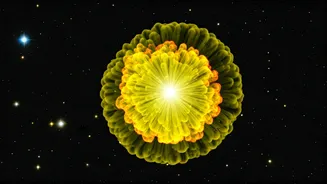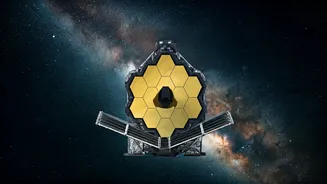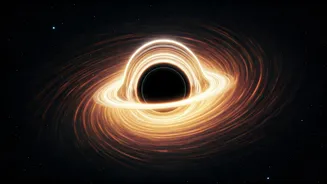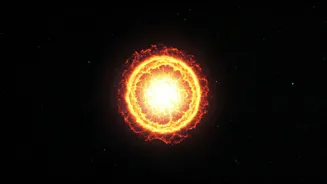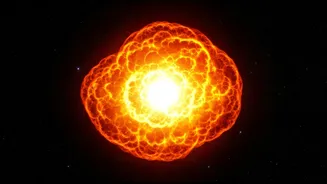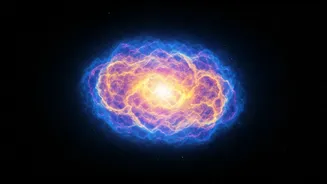Supernova's Initial Moments
The first moments of a supernova, a dying star's explosive demise, were captured by astronomers. These observations revealed an olive-shaped blast, a surprising
departure from the symmetrical explosions previously believed. The detailed look at the supernova offers crucial data that astronomers can use to develop a deeper grasp of how these stellar events actually happen, offering new perspectives on stellar evolution and the formation of heavy elements. This will allow a better grasp on the universe's past, and its origins.
Unveiling Asymmetry
Prior models often assumed a spherical or symmetrical explosion; however, the new findings display an asymmetrical blast. The asymmetrical nature of the explosion suggests that processes inside the dying star before the explosion play a vital role. This asymmetrical behavior could be linked to the star's composition, rotation, or the presence of companion stars. Further study will look at how this impacts the creation of heavier elements and the distribution of matter in the cosmos. Scientists are also hoping to discover more clues about the forces that drive these violent stellar deaths.
James Webb's Potential
The James Webb Telescope, with its advanced capabilities, may have caught the light of the universe's first stars. Though not fully confirmed, this discovery is very important, as these initial stars formed the building blocks for the galaxies that came later. The James Webb Telescope is designed to see farther back in time than any previous telescope. If confirmed, this finding would open a new chapter in cosmology and our understanding of the universe's earliest epochs. The telescope continues to give scientists extraordinary information about the cosmos.
Significance of Research
This research is significant because it provides a new understanding of supernovae, and the universe. The asymmetric shape observed complicates our theoretical models and requires astronomers to re-evaluate their understanding of how stars die. Additionally, it improves our knowledge of how chemical elements are created and dispersed throughout space. These observations improve our knowledge of star formation and galaxy development. Continued research will build on this information, providing better and more accurate cosmological models.
